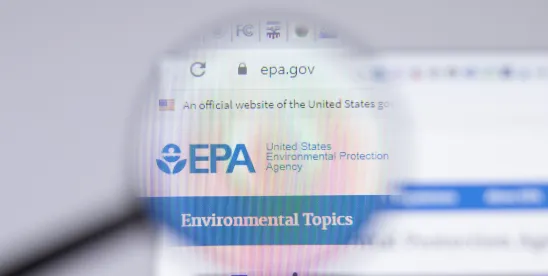Green Deal Breakers: How Smart Investors Dodge Environmental Landmines in Property Deals

Industrial Property Investments: Opportunities and Environmental Challenges
The industrial real estate market is experiencing a surge of excitement, with both domestic and international investors increasingly drawn to these unique property assets. While these investments offer compelling opportunities, potential buyers must navigate a complex landscape of environmental regulations that can pose significant legal and financial risks.
Industrial properties present an attractive investment avenue, promising potential returns and strategic value. However, the intricate web of US environmental laws introduces a critical layer of complexity. These regulations often impose strict, potentially far-reaching liabilities that can extend to new property owners, even if environmental issues predate their ownership.
Savvy investors are now approaching these opportunities with heightened due diligence, carefully assessing potential environmental risks and understanding the nuanced legal framework surrounding industrial property transfers. The key to successful investment lies in comprehensive environmental assessments, thorough legal review, and a strategic approach to mitigating potential liabilities.








